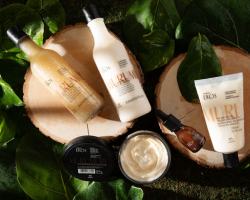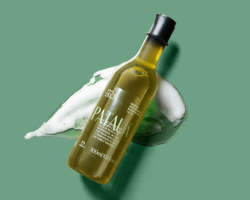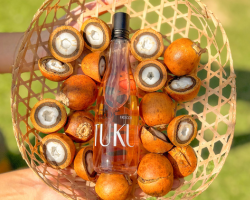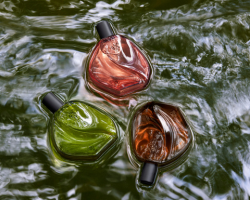beauty
The Amazonian Tradition of Chasing and Grating the Castanha Fruit
Learn how ancient knowledge is used to collect the Castanha fruit.
- By Natura Team
Ancient knowledge is still used to collect castanhas from nature.
Every year, in March, a large number of residents of a local community in the south of Amapá, Brazil, travel up the river São Francisco do Iratapuru river towards the Sustainable Development Reserve, one of the largest massifs of castanha in the Eastern Amazon.
There, they spend up to three months in the middle of the forest collecting the fruit of the castanha trees scattered in the forest. Known as hedgehogs, it is necessary to break them to extract the castanhas that each one keeps inside, and that is the main source of income for this local community.
In the past, the region was not only a place of work for extractivists but also the home of several families. Without easy access to cities and commerce, and with few financial resources, food sources were also limited, and an elaborate food culture based on castanhas was developed then.
Unlike the rest of Brazil, this community learned not only to consume the nut of the fruit but also to take advantage of its full potential. They discovered, within the hedgehogs, the main raw material for a variety of dishes and, regardless of the recipe, a common nutritional force: the castanha milk.
Traditional knowledge has changed the life of this community.
In the past, milk production was considered a female activity. After collecting the castanhas, the women peeled them one by one, still raw, with the machete. Clean and crispy, they were left to soak. The next step was to grate the fleshy fruit that remained.
While grating, the chestnut began to turn into an oily white mass, which was macerated until there was, on one side, the milk from the chestnut and on the other side, a dry mass that ancient women named as “pie”. This dry mass was used to produce flour, used to bake sweets, cookies, and cakes. Some people simply added sugar to the “pie” and baked it in the oven to get a delicious brown cookie.
The castanha milk was also used to bake sweets, porridge, snacks, or even more elaborate dishes, such as “brownish”, a typical dish from the Iratapuru community, game meat cooked in chestnut milk. Yet they still practice the same process to extract also oil for cooking. Leaving the milk to decant for 12 hours, little by little, the oil emerges and separates from the water and solid particles which still remain in the liquid. From the curdled milk, women collect the oil with a spoon and use it to prepare fried dishes.
Nowadays, most women remain in the community and men are the ones who travel to chase the castanha tree fruits, and also venture to prepare the castanha milk. This ritual not only ensures strength and nutrition for them during collection days but also create great moments of group interaction before meals, during the months they live in the reserve.
The benefits of Castanha for your skin.
Inspired by this traditional knowledge, Natura Ekos developed its products from castanha oil, rich in omega 6 and omega 9, which nourishes the skin in depth.
Products enriched with castanha oil are recognized for their creamy texture and delicious aroma. They nourish your skin deeply, leaving it soft and with a velvety touch. These products preserve the richness of Amazonian biodiversity while helping to preserve the tradition of harvesting one of the most beautiful and generous trees: the majestic chestnut tree.










